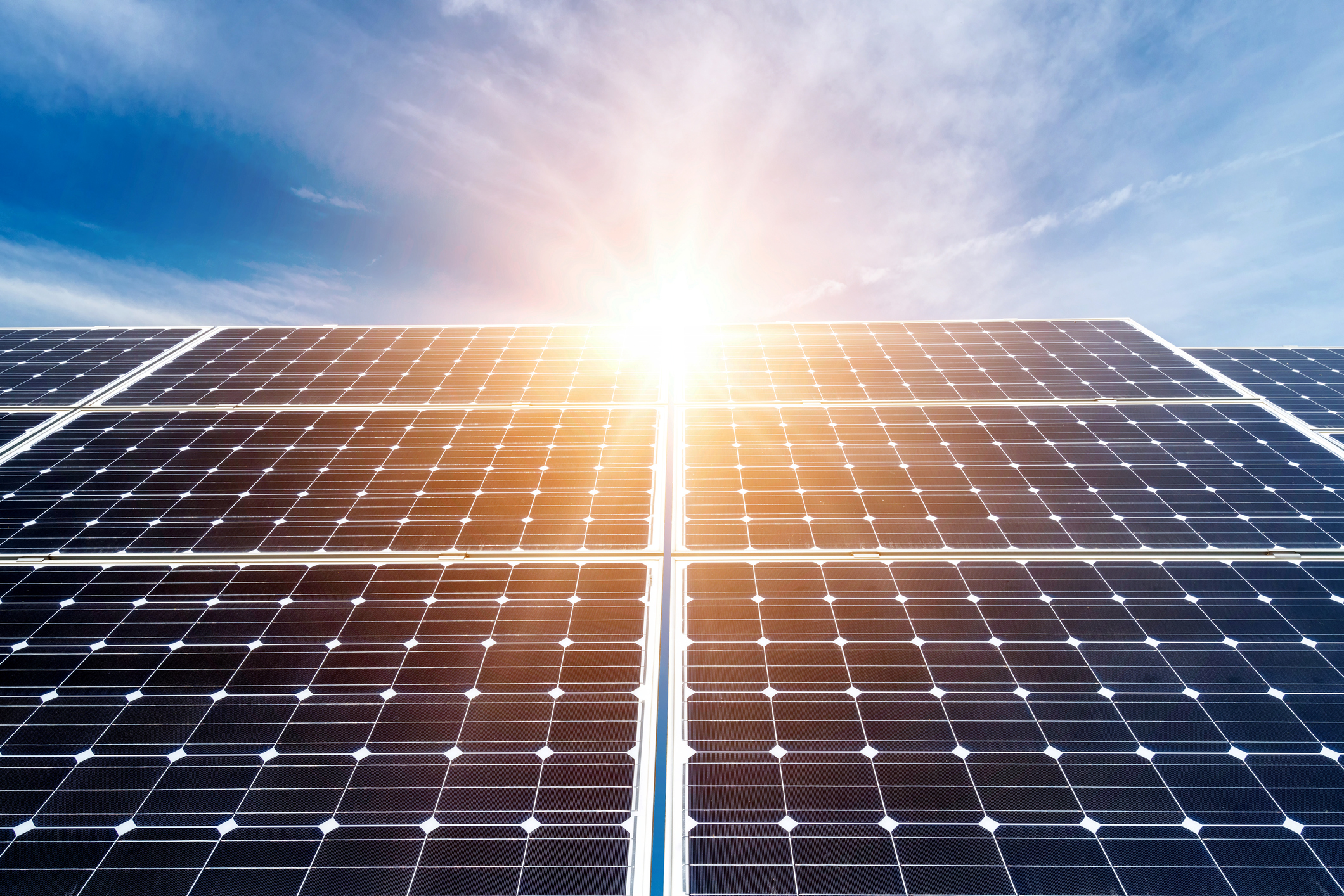Some Known Facts About Best Solar Panels.
The smart Trick of Best Solar Panels That Nobody is Talking About
Table of ContentsBest Solar Panels for BeginnersBest Solar Panels - QuestionsFascination About Best Solar PanelsWhat Does Best Solar Panels Do?Best Solar Panels Fundamentals Explained4 Simple Techniques For Best Solar Panels
Trick takeaways There are three different sorts of photovoltaic panels: monocrystalline, polycrystalline, and slim movie (Best solar panels). Monocrystalline solar panels are extremely effective as well as have a streamlined layout, but come with a greater cost factor than other photovoltaic panels. Polycrystalline solar panels are less costly than monocrystalline panels, nonetheless, they are less efficient and aren't as cosmetically pleasing.
Due to the fact that polycrystalline cells contain multiple silicon cells, the electrons can not relocate as conveniently and also therefore, decrease the efficiency of the panel. The reduced performance of polycrystalline panels also means they tend to have a lower power result than monocrystalline panels, generally ranging in between 240 watts as well as 300 watts.
Excitement About Best Solar Panels


The temperature level coefficient tells you just how much the power result will certainly lower by for every single 1 * C over 25 * C the panel obtains. The conventional temperature coefficient for mono and also polycrystalline panels typically drops someplace in between -0. 3% as well as -0. 5% per * C. Thin movie panels on the other hand, are around -0.
With some thin film panels, it's tough to even see the individual cells within the panel. They likewise have a tendency to have less circuitry and also busbars, indicating there's much less white space. Because they are so inefficient, you would require to cover your entire roof in slim movie panels - which might or might not be your design.
Rumored Buzz on Best Solar Panels
Yet, the method monocrystalline solar cells are shaped causes there to be a fair bit of white space on the panel. Some makers have actually functioned around this with black packaging or shaping the cells in a different way, however these visual changes can affect both the price and efficiency of the panels. On the whole, monocrystalline panels still look streamlined, yet they're a bit much more noticable than slim movie panels.
We do not advise slim film photovoltaic panels for the original source household installments - their performance and resilience don't make the inexpensive worth it, and also it's unlikely you'll have nearly adequate area to set up the number of thin movie panels you would certainly require to cover your house electrical power use. Elements to consider besides photovoltaic panel kind There are two things we right here at Solar, Reviews believe are more vital than solar PV cell type when selecting panels for your house: the brand of photovoltaic panels and also discovering the best solar installer (Best solar panels).
A solar panel system will certainly be on your roof covering for at least 25 years, so you need an installer you can trust for two-plus years!
The 10-Second Trick For Best Solar Panels
Considering that they are made from pure silicon, they can be readily determined by their dark black color. Using pure silicon likewise makes monocrystalline panels the most space-efficient and longest-lasting amongst all 3 solar panel types. Nevertheless, this comes at a cost a great deal of silicon is wasted to generate one monocrystalline cell, sometimes getting to over 50%.
Polycrystalline solar panels As the name suggests, these come from various silicon crystals instead of one. This additionally makes this article them less efficient in terms of energy conversion as well as area, given that their silicon pureness and building and construction are lower than monocrystalline panels.
Each panel does not need a frame backing, making them lighter and also less complicated have a peek at these guys to install. Unlike crystalline silicon panels that are available in standardized dimensions of 60, 72, and also 96-cell matters, thin-film panels can come in different sizes to suit particular demands. Nonetheless, they are much less efficient than common silicon solar panels.
Top Guidelines Of Best Solar Panels
Unlike mono-and polycrystalline solar batteries, the silicon is not structured on the molecular level. Typically, an a-Si cell needs only a portion of the silicon needed to produce common silicon cells. This allows them to have the most affordable manufacturing expense, at the expense of effectiveness. This is why a-Si panels are matched for applications that require extremely little power, such as pocket calculators.
The mix of these aspects leads to the highest possible effectiveness amongst thin-panel types, though still not as efficient as crystalline silicon panels. Monocrystalline panels have a performance rating over 20%. PERC panels include an extra 5% effectiveness thanks to their passivation layer. Polycrystalline panels hover somewhere between 15-17%. Cigarettes panels have a performance variety of 13-15%.
$0. 32-$0. 65 $1 $1. 50 $0. 70 $1 $0. 60 $0. 70 $0. 50 $0. Best solar panels. 60 $0. 43 $0. 50 Note that these figures do not include the expense of installation and also labor. With labor and also other above variables, the total amount can increase to $2. 50 to $3. 50 per watt.
Unknown Facts About Best Solar Panels
This loss of result is reflected through the temperature level coefficient, which is an action of the panel's reduction in power output for every single 1C increase over 25C (77F). Monocrystalline and also polycrystalline panels have a temperature coefficient in between -0. 3%/ C to -0. 5%/ C, while thin-film panels are better to -0.